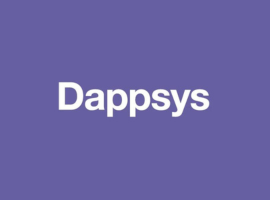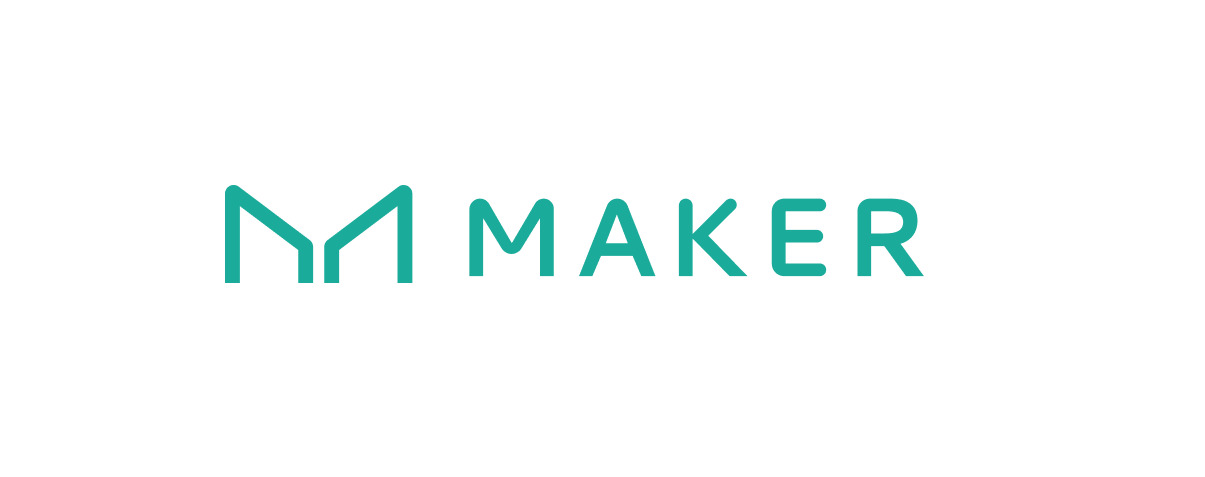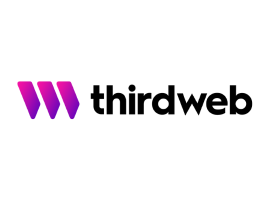
DappSys
Composable building blocks for Ethereum smart contracts.
Overview
Dappsys is a collection of composable, reusable building blocks designed for Ethereum smart contract development. It provides modular components that developers can integrate into their decentralized applications (dapps) to streamline contract creation and improve code maintainability. The tool is primarily aimed at developers building complex Ethereum-based systems who need reliable, tested contract modules to accelerate development and reduce errors.
The library focuses on composability, allowing developers to combine various contract components to create customized solutions. This approach helps teams avoid reinventing common contract patterns and promotes best practices in smart contract architecture. Dappsys is intended for users familiar with Solidity and Ethereum development workflows, requiring integration into existing projects via standard Solidity imports.
What sets Dappsys apart is its emphasis on modularity and composability, enabling developers to build complex contracts from smaller, well-defined pieces. Unlike monolithic contract libraries, Dappsys encourages flexible assembly of components, which can lead to more maintainable and auditable codebases. Although specific adoption metrics and integrations are not publicly documented, Dappsys is recognized within the Ethereum developer community as a foundational toolkit for contract development.
Developers can get started by cloning the GitHub repository and importing the relevant contract modules into their Solidity projects. Since documentation is limited, users typically rely on source code exploration and community support for implementation guidance.
The Problem
Ethereum smart contract developers often face challenges in building complex contracts that are maintainable, reusable, and secure. Without modular components, developers may duplicate code or create monolithic contracts that are difficult to audit and extend.
The Solution
Key Features
Composable contract building blocks
A library of modular Solidity contracts designed for flexible integration.
DappSys Alternatives
Explore web3 competitors and apps like DappSys.

MakerDAO
Pricing
Open Source | |
|---|---|
| Price (Monthly) | Free |
| Price (Annual) | Free |
| Messaging | N/A |
| Support | Community support via GitHub |
| Analytics |
Start Building Now
Reliable RPC, powerful APIs, and zero hassle.
Resources
The primary resource for Dappsys is its GitHub repository, which hosts the open-source codebase. While formal documentation is limited, developers can explore the source code and community discussions to understand usage patterns and contribute improvements.










